When you start 7-on-7 football season, it is definitely time to begin thinking about how you want the layout of your passing scrimmages to look.
There are many ways to approach these competitions, but not all ideas are going to give you the optimal outcome you are hoping to get for your team.
Below are some things to think about when discussing these events with opposing coaches, or determining how you want to schedule your throwing sessions.
If you are here to see the AAU Football 7-ON-7 FOOTBALL PASSING LEAGUE GUIDELINES – Then click this link.
But before you go, there may also be some really helpful things to football coaches looking to have a successful 7 on 7 competition season.
THE COMMANDMENTS OF 7 ON 7 FOOTBALL….
#1 Schedule a Superior Team
This is frequently the number one conundrum when scheduling a 7-on-7 football opponent.
Should we schedule a team we can beat and gain confidence from the competition, or schedule a team that has a good chance of being better than us so we get optimal competition?
If you are in that situation, I would suggest leaning toward the latter.
Teams that are considered better than you, at least in high school football, are usually better than you because of their lineman. That area of superiority is not going to impact this event.
I have had multiple experiences in which we threw much better than a larger school that would have beaten us when they rolled out their offensive and defensive lines.
Things will go better than you think they will against these larger schools.
Another idea that must be discussed under this commandment, is to try to schedule a competition on the road.
This will be annoying at first glance, but it gives both the coaching staff and players the opportunity to get one of these under your belt before the season begins.
This gives you the ability to schedule a bus, create an itinerary, and get out of the confines of your own campus where you have been practicing every single moment since your off-season has begun.
These do not sound like a big deal, but every experience you give the kids prior to game #1 is one less thing you have to worry about that first Friday night.
#2 Attempt to Schedule Multiple Teams at the Same Event
If possible, and you have the field space, instead of scheduling just one team, create a four-team 7-on-7 competition.
There are many reasons why I make this suggestion.
First of all, it enables the competition to go longer.
If you are playing the same team over and over, there is only so much you can throw at them before you run out of plays, and/or they have figured out how to stop you.
But if you are competing against three different teams, you can go longer and have much more fun.
The second reason is that you will get the opportunity to see different looks.
If you can figure out a way to get teams with different defenses to be involved, you have found yourself a great event.
Look at trying to get a 33, 40, and 50 team to be there, so each team can see different defensive packages, and get things on film to improve upon.
If you are able to pull this off, you are very likely to find things within your passing game that are not working well, and can fix them before you have to play one of those defenses in a game that counts.
Finally, playing against multiple teams lessens the chances of fights between players.
With this being the first time the kids have competed against another opponent since the previous season, their self-control may not be at its best.
Not to mention the fact that your players will be competing against the same kid over and over again, and you have more of the potential for a volatile situation.
Another quick point on the competition with multiple opponents is to allow your junior-varsity players to participate versus an inferior team.
If you happen to come upon a team that is multiple divisions below you, do not allow your #1s to participate.
Too many negatives can occur that do not make it worth playing.
Plus, this is a great opportunity to see your younger players get their own time against superior competition.
And, you may just find yourself a varsity-level player who can help the first group!
#3 Set Clear Rules/Expectations
As you are discussing these with the opposing coach, discuss how you would like things laid out in advance.
Many teams wait until they arrive at the venue (usually the team hosting the event makes the rules), and may find out that the 7-on-7 football competition is not going to give them everything they need or hoped to obtain from the trip.
Instead, in advance of the scrimmage, figure out what you want and what your opponent wants, so it is a win-win situation.
It is great to build that relationship and keep a similar opponent for years to come, so you are able to play against good people that respect your program, and vice versa.
Changing 7-on-7 opponents each year will sooner or later get you in a situation where you will play opponents that do not match the character of your program.
Only bad things occur from those events.
#4 If Playing Only One Team, Use Both Junior-Varsity and Varsity Units
As concerned as you will be for the outcome of your varsity unit, do not fail to use this opportunity to schedule the same type of scenario for your junior-varsity team.
The best way to do this is under the same rules/expectations as your varsity scrimmage, have a junior varsity going on at the other end of the field.
You can create great coaching opportunities for your players by having your varsity offense going, while your JV defense is going. Then, when your varsity offense finishes their round, your JV offense begins theirs.
You can either have your varsity offensive coordinator call plays for both, or at least have all of your coaches coaching both scrimmages.
This will give your kids the best coaching experience possible, while showing your parents the younger kids are being cared for in a similar fashion as the first group.
#5 Create a Scenario in Which Line Backers Must Work
Another item to touch upon with the opposing coach is how each team will control their linebackers.
I understand that this is coming from an offensive standpoint, but I have also coached defense in my career.
Because of this, I know that linebackers, especially inside linebackers can create bad habits during these competitions.
But aside from looking at this from a defensive perspective, inside linebackers in 7-on-7 football scrimmages play in a manner that you will never see in a Friday night competition.
I have yet to see an inside linebacker get to a depth nearing twenty yards on game days, but frequently see it during 7-on-7s.
This helps neither party.
The answer to this is to put cones three yards from the ball, and on the snap have the inside linebackers run up and touch them before getting into their drops.
This creates a more useful outcome for both the offense and the defense, as it is more likely to be what happens in a game situation.
Defensive coaches may scoff at this, but will thank you once the competition comes to a close.
#6 Play your Best Athletes at Multiple Positions if At All Possible
It seems like this is the time to get your players repetitions at the positions they will play during the game, but similarly to how we discussed what to consider when building your summer plan, get your players planning multiple positions so you can have your best players on the field.
This not only ensures you will always have your best out there, but also gives you the opportunity to see how your players play positions other than their primary slots.
This will also give you the opportunity to be shocked at how players play at other positions.
And finally, it will give other players opportunities to play themselves into other roles, as well as give you ideas as to how players can move around if you lose players to the defensive side or the injury bug later in the season.
#7 Play Your Backup Quarterback More Than Makes You Comfortable
I use this not as a checkpoint to immediately move your quarterbacks up and down the depth chart, but more so to see what your current backup likes and dislikes, or feels comfortable throwing.
There will be many better times during the summer to finalize your quarterback situation, but this is definitely a time to begin seeing what each quarterback is best at when it is their turn to play.
You will undoubtedly come upon a time when it is best to insert your backup quarterback into the lineup, and you might as well be prepared with what he is best at throwing.
It is better for both of you to have him comfortably knowing his best plays when he enters, and what he does best during 7-on-7 football competitions is a great introduction to this process.
I mention this not being the best time to move a quarterback up and down, for two reasons.
First of all, there is no pass rush.
Many quarterbacks are better during 7-on-7 football than they are during real competition, and you do not want to make a decision without a real game situation.
Also, if you are a team that runs the ball with your quarterback, this is not going to show how that impacts the game.
Use it as a part of your checklist, but not as the final piece of the decision.
If you do, you may put a damper on the confidence of your better player.
#8 Use Both Timed and Competitive Situations
Oftentimes when attending a poorly communicated event, you will find yourself only playing in competitions where you are playing 5-minute or 10-minute periods, and then leaving the field for the same amount of time.
While this does not create a worthless experience, it is nice to get into a competitive situation following a handful of the timed periods.
Competition creates a culture of winning much more than a great scheme, and this will be your first opportunity to do this versus an opponent other than your own team’s defense.
Take advantage of it!
Get into a situation in which you have to get 10 yards in three plays, and if not, you’re out!
This creates a sense of urgency in your players that they have yet to see during your camp days.
Playing devil’s advocate, do not get yourself in the opposite situation, where you are only playing in competitive situations.
You will not get as many offensive repetitions if you go this route.
The 10-minute blocks give you time to coach and practice numerous plays over and over again, while doing in a not-so-intense format for the sake of your players.
This is good for them early on.
Using both plans in the same 7-on-7 football competition will create the optimal learning and competition-building experience for your team.
Other competitive situations you can add to the end of your 7-on-7 football competitions besides working toward getting first downs are goal line, red zone, and two-minute situations.
#9 Try to Win
This seems like something that goes without saying, but I have been in situations where I went into the competition only concerned with getting all of our plays on film so we could learn from the concepts we had installed.
But, what you will find is that the kids will get frustrated if things begin to go awry, and do not always handle it well.
Losing creates distrust from player to coach, coach to player, player to player, and coach to coach.
Enter the competition with a plan to get all of your concepts practiced, while also keeping in mind what is working so your players will find success.
This is the best way to leave the field with the utmost confidence.
#10 You and Your Coaches Must Behave!
Similar to what we talked about in commandment #2 concerning your players being out of practice when it comes to competition, the coaches will be in the same boat.
Two things to discuss with your coaches (and yourself) are to not let the competition get to you and to not be concerned about the other team(s) or other coaches.
If your team begins to make a lot of mistakes or is not able to move the ball the way you would hope, embarrassment can kick in.
This often leads coaches to begin speaking to their players in a manner that leads them to believe it is their fault.
Ultimately, you have not yet done a good enough job teaching the concepts, and they are therefore unprepared.
Unless there is poor effort or the mistakes stem from kids not knowing plays they should know, do not allow yourself to turn your shame into theirs.
Take your lumps and fix it tomorrow, as opposed to ruining relationships with your players that could have long-term impacts on your season.
There are many teams that will behave in a fashion that you do not appreciate, and that is OK.
Your team needs to learn how to play with self-control in situations like this, and your inability to handle it will lead to them losing their heads as well.
This is also a time to revisit discussing the expectations with the opposing coach in advance.
Be sure to have a discussion about players talking to opposing players.
This needs to stay at a minimum so the competition can continue without injury or a bad situation arising.
CONCLUSION
One point that was not discussed in this article is scheduling an OLine/DLine practice.
This is especially important for schools in states that have limited practice days, and the 7-on-7 competition will count as one of those days.
Either talk to the opposing coach about how to involve your entire team, or get our own O-Line and D-Line coaches to schedule a practice with the players that will not be attending the 7-on-7 football event, so you are able to maximize your allotted practice days.
Let us know which of these commandments has worked for you, which have not, and some other ideas that are better than what we have listed.
We would love to hear from you, and will share what we get with the group.

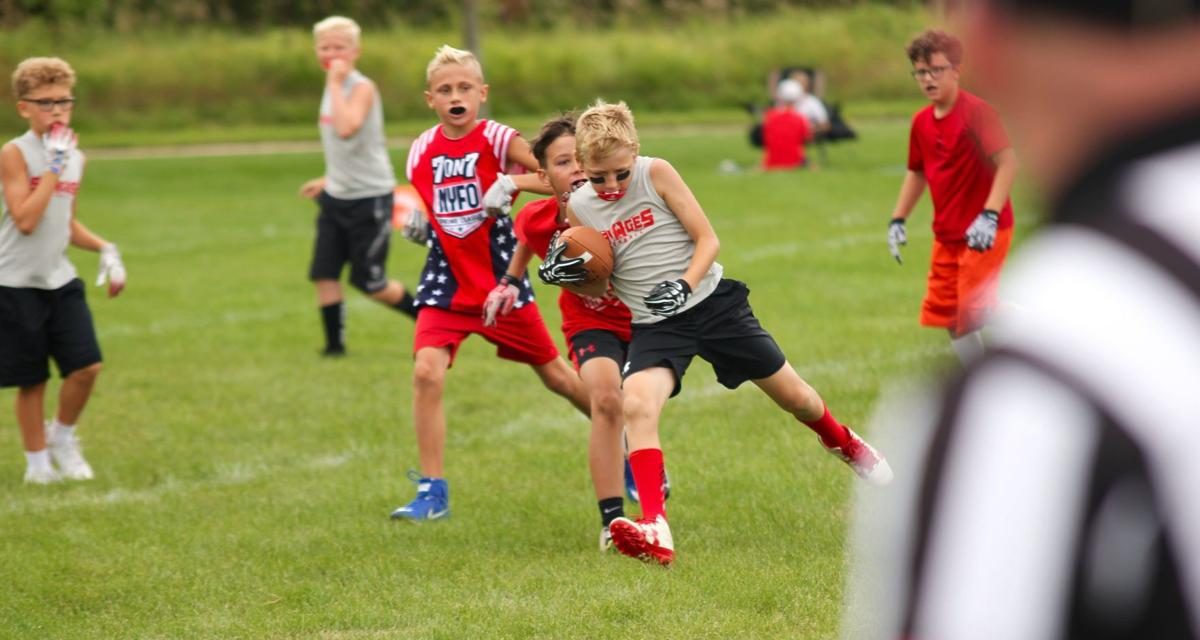
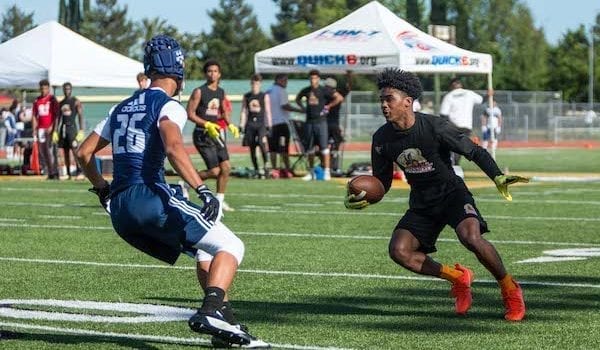
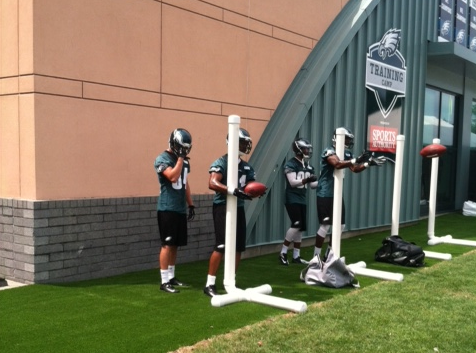
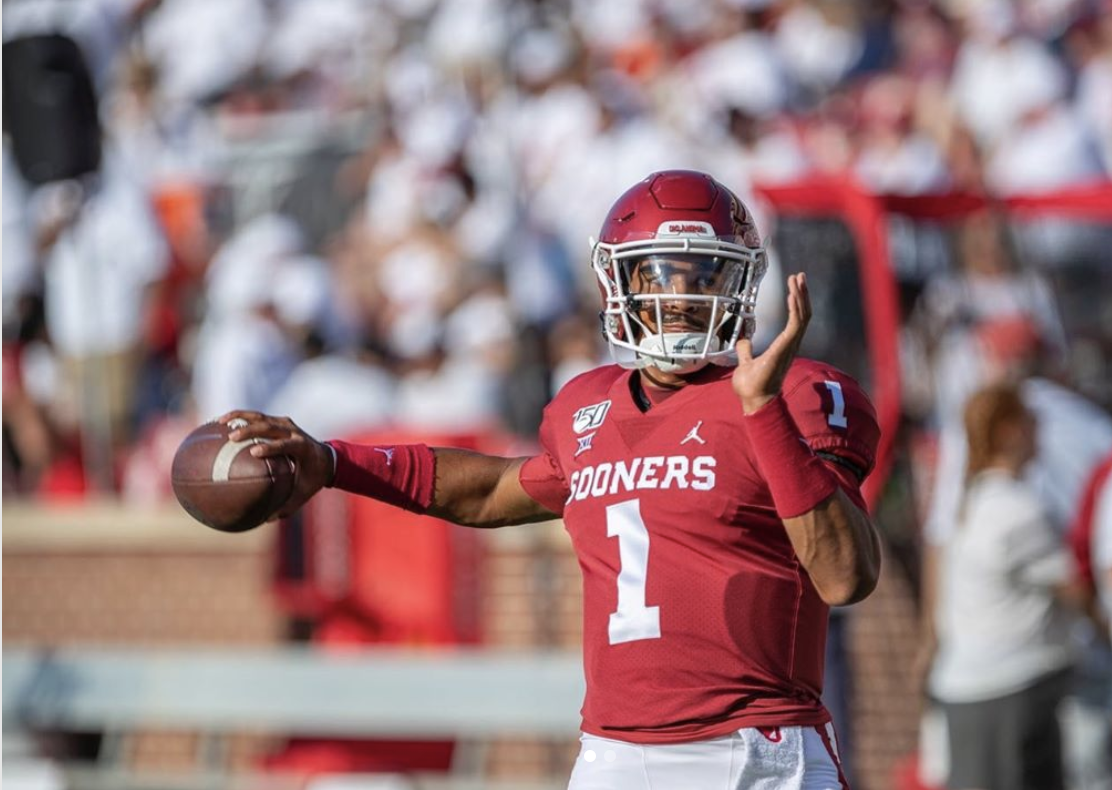
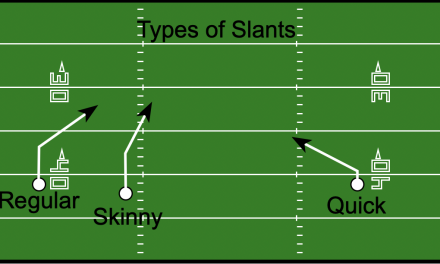
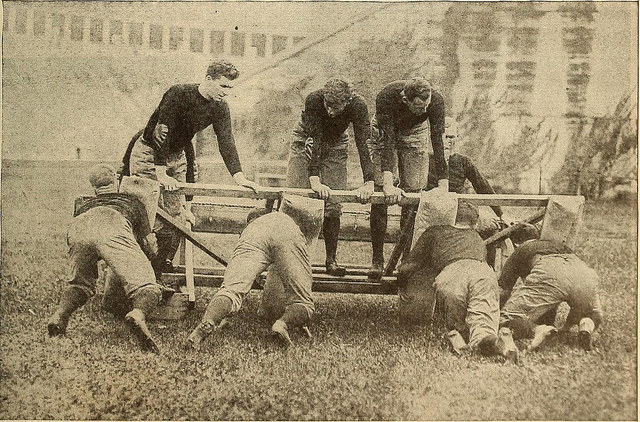
Great article Szabo! Hope you are doing well and good luck this year brother!
Thanks Gerry! Bring home that D1 title for West!!!